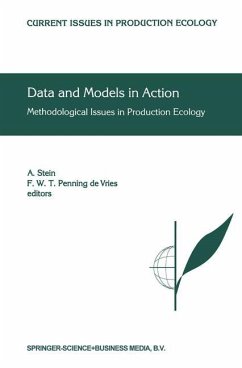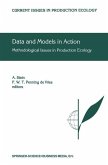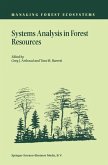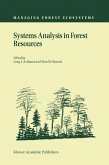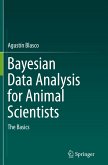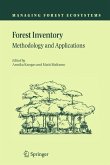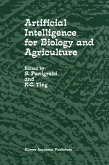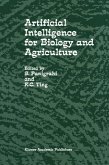Under leadership of CT de Wit a large amount of modeling, building prototypes and also application, was carried out in the 1970s and 1980s. Comprehensive models were built, evaluated and carefully documented in the areas of crop growth production, plant breeding, soil water and nutrients, and in crop protection. Simulation techniques and biophysical theories developed in parallel. Simulation and experimentation always went hand in hand. Much of this work is documented in a long series of PhD theses under supervision of De Wit, in the series of Simulation Monographs (PUDOC), and in numerous other publications. This work has inspired many scientists across the global science community. The CT de Wit Graduate School of Production Ecology (PE) of the Wageningen University builds further on this platform and finds new subjects for research on and with models, and data. The PE platform provides also an excellent opportunity to develop contacts, cooperation and joint software with research groups in related fields and abroad. This book precipitates from such an exploration in new directions. We realize that modem information systems and statistics can offer a substantial contribution to the modelling framework. Good examples can be found here, and these provide a clear direction for the years to come.
Hinweis: Dieser Artikel kann nur an eine deutsche Lieferadresse ausgeliefert werden.
Hinweis: Dieser Artikel kann nur an eine deutsche Lieferadresse ausgeliefert werden.
`I would recommend this book for modelers that want to stay on top of the rapidly evolving field of ecological modeling. '
Journal of Environmental Quality, 31:3
Journal of Environmental Quality, 31:3
`I would recommend this book for modelers that want to stay on top of the rapidly evolving field of ecological modeling. '
Journal of Environmental Quality, 31:3
Journal of Environmental Quality, 31:3

